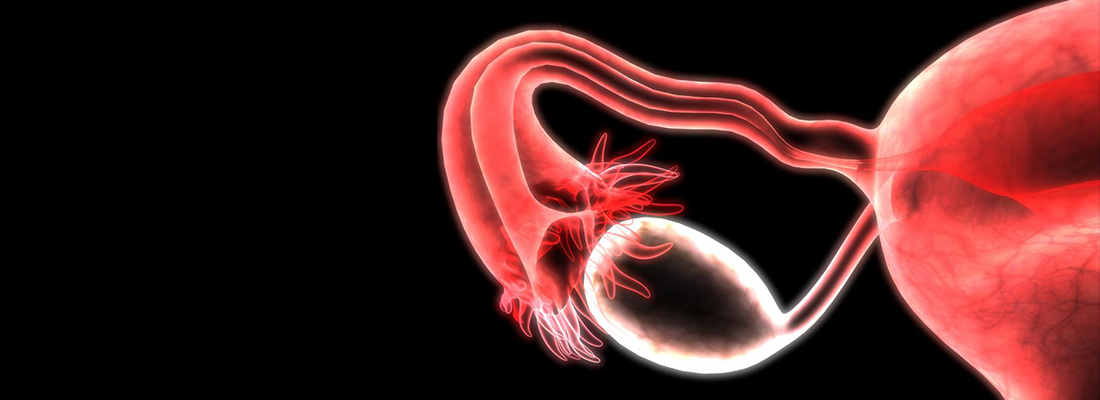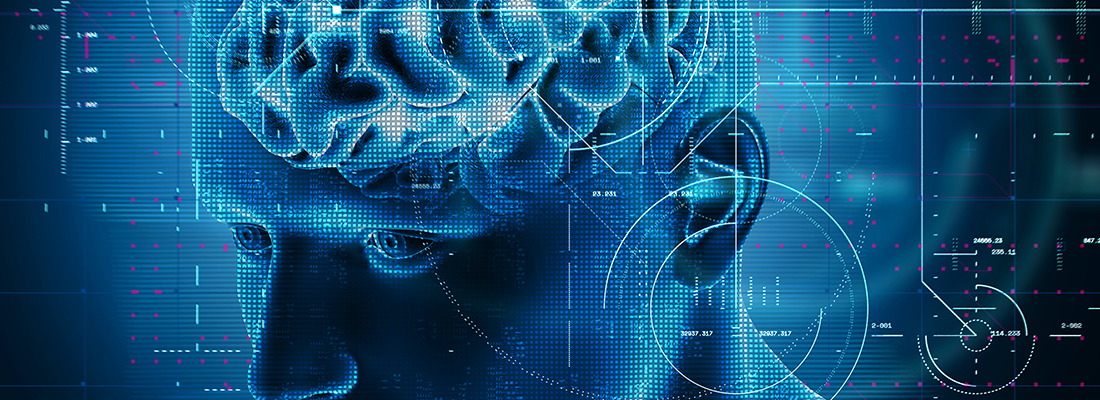Specialty: Endocrinology, Neurology, Metabolism Temperature condition
Author: Praneesh Chandrasekhar
Editor: Abidemi Oseni
Social Media Summary
Heat related illness is an environmental condition that occurs with a lack of heat dissipation from the
body. The condition can be placed on a continuum ranging from mild (Heat edema, heat cramps, heat
rash), moderate (heat syncope, heat exhaustion), severe (heat stroke). The condition can be diagnosed
based on rectal temperature and the presence of an altered mental status.
When rectal temperature iselevated enough in the presence of altered mental status, then heat stroke is present. HRI is typicallytreated with decreasing the body's temperature along with decreasing heart rate by elevating the leginto a supine position. For further information regarding HRI reach out to a medical professional.
Instagram: @praneesh.c
@abidemi_oseni
Overview
Heat related illness is considered an environmental condition that occurs with extreme heat or
exertion. The condition occurs as a continuum ranging from mild to severe with different
aspects of heat related illness (HRI). The normal physiology response that occurs is
vasodilation. This causes less heat to be dissipated from the body. Symptoms of HRI vary
depending on the severity. Typical symptoms are lightheadedness and one exceptionally
problematic issue occurs in heat stroke which causes an altered mental status. The symptom
of an altered mental status is used to diagnose heat stroke and differentiate the condition from
other levels of severity of HRI. Treatment of HRI typically involves using cold baths and
generally cooling the body.

Heat related illnesses can be classified into the categories of mild, moderate and severe:
● Severe HRI
○ Heat stroke
● Moderate HRI
○ Exercise associated collapse (heat syncope)
○ Heat Exhaustion
● Mild HRI
○ Heat edema
○ Exercise associated muscle cramps (heat cramps)
○ Heat rash (miliaria rubra)
(Gauer & Meyers., 2019)
What Causes Heat Related Illness?
HRI is caused by an increase in temperature that results in the body unable to
regulate internal temperature through normal bodily functions (Khan., 2021). This
triggers a process known as peripheral vasodilation, in which blood flow increases
due to increased vessel size, meanwhile cardiac output, the amount of blood
pumped by the heart per minute, decreases (Khan., 2021). Vasodilation itself leads
to the process of sweating, however, with increased sweating, there is decreased
blood pumping as well as dehydration, which leads to decreased blood pressure and
thus decreased heat dissipation from the body’s surface (Khan., 2021). This leads to
an even greater increase in body temperature with a lack of dissipation method.
Critical body temperatures for the average human is 41.6 ॰C to 42 ॰C, meanwhile the
average core body temperature for a healthy human is 37 ॰C (Khan., 2021). Heat
edema (classified under the mild HRI spectrum), is due to vasodilation causing blood
to move to the legs or the hands due to the effects of gravity.

Symptoms
● Heat stroke symptoms
○ Confusion
○ Loss of consciousness
○ Dry skin
○ Heavy sweating
○ Seizures
○ High body temperatures
● Heat syncope symptoms
○ Fainting
○ Dizziness
○ Lightheadedness
● Heat Exhaustion symptoms
○ Headache
○ Nausea
○ Dizziness
○ Weakness
○ Irritability
○ Thirst
○ Heavy Sweating
○ Elevated body temperature
○ Decreased urine output
● Heat cramp
○ Muscle cramps
○ Pain
○ Spasms
○ Can occur in abdomen area, arms or legs
● Heat Rash
○ Red clusters/small blisters on skin
○ Typically appears on…
■ Neck
■ Upper chest
■ Groin
■ Under the breasts
■ Elbow creases
(CDC., 2022)

Risk Factors
● Strenuous exercise in high temperatures
● Lack of acclimatisation
● Poor fitness
● Obesity
● Dehydration
● Acute illness
● External load
● Drug and alcohol use
● Age extremes
● Male sex
● Inadequate sleep
Diagnosis
Evaluation of heat related illness and selecting appropriate treatment methods relies
on determining the exact level of heat related illness as well as the type. For
example, different steps are needed in treating muscle cramps versus when treating
heat stroke.
The first step involves determining if the patient has a changed sense of awareness or mental status in any way (Gauer & Meyers., 2019). If the patient does present with a changed mental status, this may be representative of heat stroke and the patient's rectal temperature should be taken (Gauer & Meyers., 2019).
A rectal thermometer is known to provide the most accurate internal temperature, which is
the temperature that is needed. An internal temperature of 105॰ F indicates heat
stroke (Gauer & Meyers., 2019). If mental status remains the same, the condition
may be mild or moderate heat related illness. However, in the case of heat
exhaustion, rectal temperature reading within a temperature range of 101॰ F to 105॰
F may still require similar treatment to heat stroke (Gauer & Meyers., 2019). Further
testing may be required at a later stage to assess electrolyte imbalance, significant
dehydration or organ injury.

In these cases, the following tests may be done:
● Complete blood count and clotting factor testing
● Electrolyte and magnesium level testing
● Kidney and liver functioning testing
● Creatinine kinase, a chemical found in skeletal muscle when injury occurs
● Urinalysis to evaluate kidney health
● EKG to test for cardiac arrhythmias
● Glucose measures to test for hypoglycemia
(Leiva & Church., 2022)
With heat related illness, that results in causing heat stroke with altered mental status, it may
also be diagnosed as the following:
● Drug and alcohol associated conditions (i.e. alcohol withdrawal syndrome)
● Endocrine abnormalities (i.e. thyroid storm)
● Infection (i.e. central nervous system infection)
● Neurologic conditions (i.e. Intracranial haemorrhage)
● Venous thromboembolism (i.e. Pulmonary embolism)

Treatment
The treatment of heat related illness depends heavily on the severity of the illness. It is
important to seek medical attention urgently and seek more information regarding HRI by
reaching out to medical professionals.
● Heat stroke
○ Managing airways, inducing cold through cold/ice water immersion,
intravenous hydration.
○ Cooling patients should stop once rectal temperature reaches less than
101॰ F
● Heat exhaustion
○ Lukewarm water spraying with cold air and rehydration
● Heat syncope
○ Replacing fluid loss with rehydration through the mouth
○ Raising legs to help heart rate
● Heat cramps
○ Rehydrating through mouth and stopping any activity
○ Stretching and relaxing muscles
● Heat rash
○ Topical lotions such as calamine or steroids such as triamcinolone.
● Heat edema
○ Elevating affected limbs and applying tight clothing (compression garments)
○ Do not apply diuretics
(Leiva & Church., 2022)
References
● Heat Stress Related Illness | NIOSH | CDC. (n.d.). Retrieved July 22, 2022, from
https://www.cdc.gov/niosh/topics/heatstress/heatrelillness.html
● Khan, A. A. (2019). Heat related illnesses: Review of an ongoing challenge. Saudi
Medical Journal, 40(12), 1195. https://doi.org/10.15537/SMJ.2019.12.24727
● O’Connor FG., & Casa DJ (2021). Exertional Heat Illness in Adolescents and Adults.
In UpToDate, Danzl DF., & Fields KB., & Grayzel J., Post TW (Ed.), UpToDate.
Retrieved July 22, 2022, from https://www.uptodate.com/contents/exertional-heat-
illness-in-adolescents-and-adults-epidemiology-thermoregulation-risk-factors-and-
diagnosis#disclaimerContent
● Leiva, D. F., & Church, B. (2022). Heat Illness. StatPearls.
https://www.ncbi.nlm.nih.gov/books/NBK553117/
● Gauer, R., & Meyers, B. K. (2019). Heat-Related Illnesses. American family
physician, 99(8), 482–489.
https://www.aafp.org/pubs/afp/issues/2019/0415/p482.html#afp20190415p482-t3
